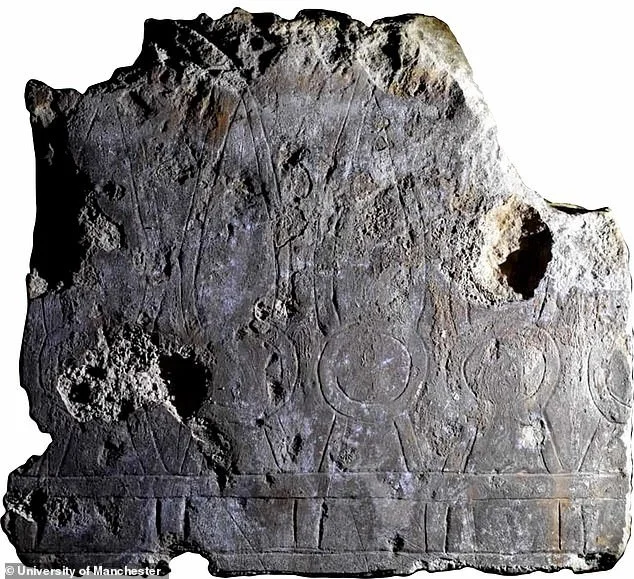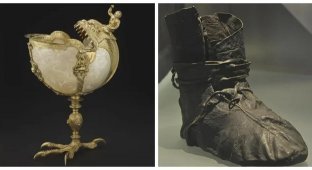Archaeologists have discovered a lost ancient Egyptian city (8 photos)
A long-lost Egyptian city dating back 2,500 years has been discovered near the Nile Delta. Situated about 10km south of Tanis, the city of Imet was a bustling centre of religious and economic activity in the 4th century BC. Archaeologists have found the ruins of granaries, cattle pens and a ceremonial building dedicated to the goddess Wadjet. 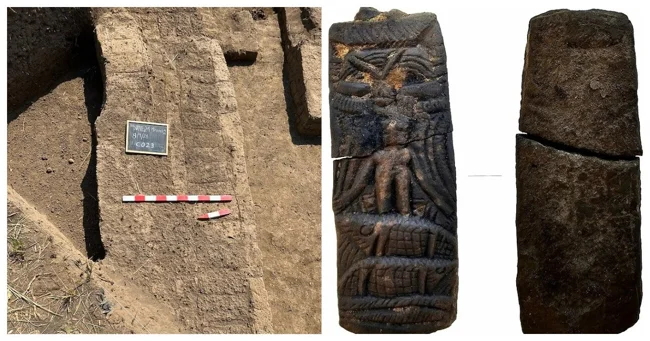
Impressive multi-storey 'tower houses' built to accommodate the city's rapidly growing population have also been discovered.
Dr Nicky Nielsen from the University of Manchester said: “These houses are found predominantly in the Nile Delta and were built between the Late Period and the Roman era. They are rare in other parts of Egypt. This shows that Imet was a prosperous, densely populated city with a well-developed infrastructure.” 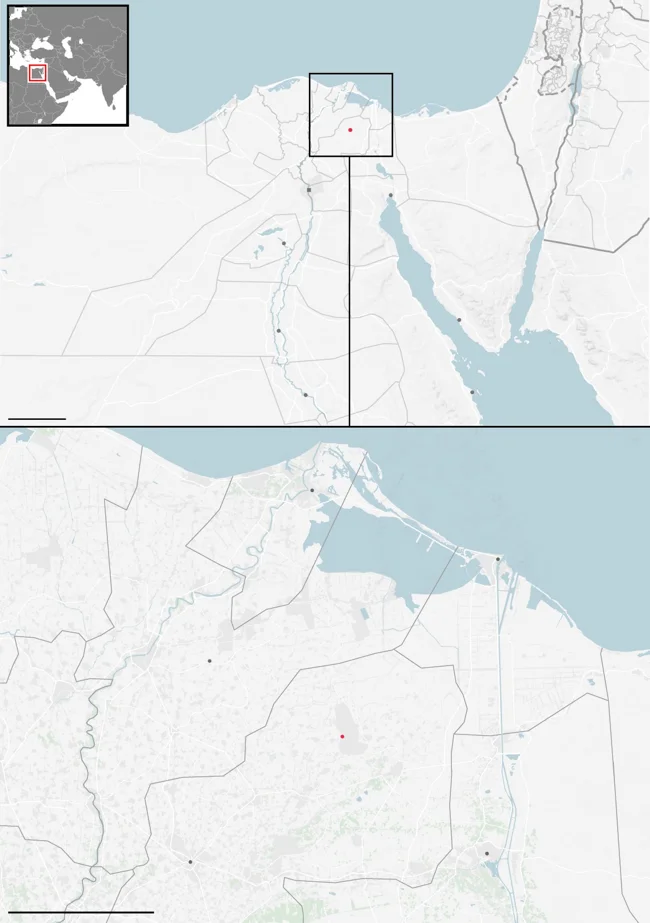
The city was discovered using remote sensing. The work was carried out in collaboration with experts from Egypt’s Sadat City University.
Dr Nielsen and his team, analysing high-resolution satellite images, spotted clusters of ancient mud-brick structures. 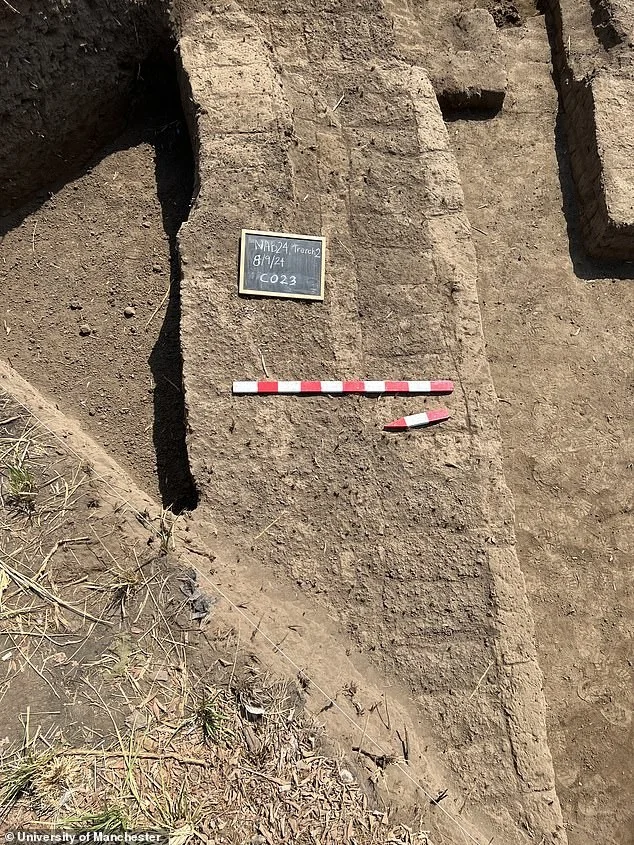
Experts believe that Imet was inhabited since 1550 BC, during the 18th Dynasty of Egypt. The city was the capital of an administrative region known as Nome, and reached its peak around the fourth century BC.
This was the last period of Egyptian rule and the height of the Ptolemaic dynasty, until Alexander the Great conquered the region in 332 BC. 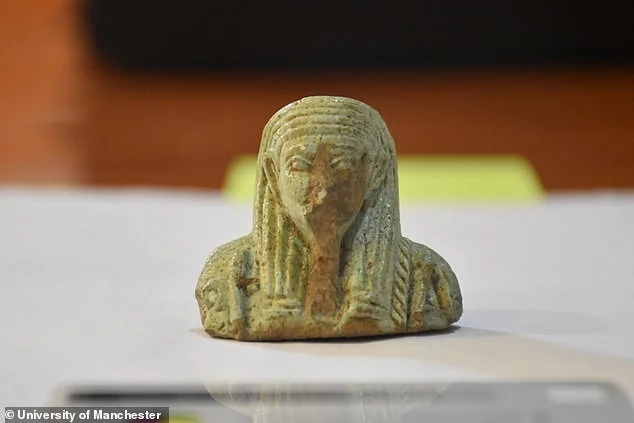
Green faience ushebti
The excavations uncovered numerous architectural remains, including a large paved grain processing area and animal pens, indicating an active economy. Elsewhere, Dr Nielsen and colleagues found the remains of temples dedicated to the city's patron goddess, Wadjet.
Wadjet is the cobra goddess of Lower Egypt, worshipped primarily through temple rituals and sacrifices.
"We have evidence that people were bringing small ceramic figurines to the temple. They did this in the hope of the favor of the goddess, the patroness of fertility,” the expert explained. 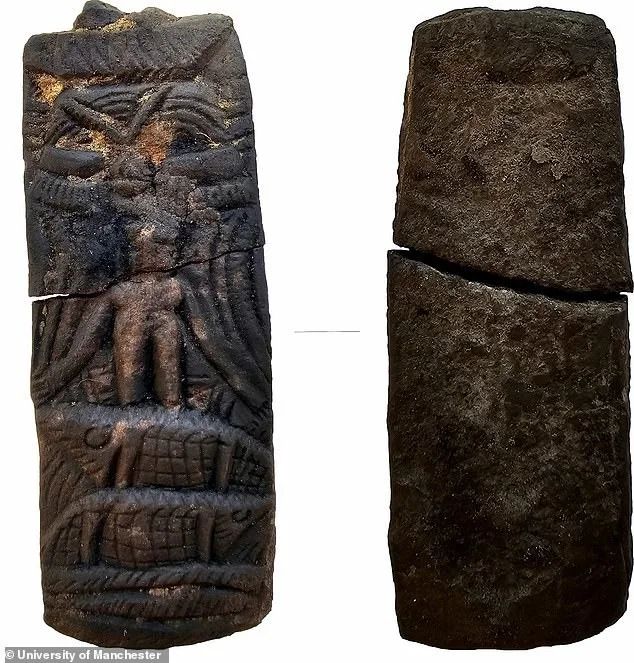
The stele is decorated with carved images of the god Harpehruti and protective symbols
At the top of Imet, archaeologists found a large building with massive columns. It was built in the middle of the Ptolemaic era. The floor of the building is made of limestone and plastered.
The researchers found not only large structures, but also many artifacts that reveal the secrets of the life of the population of Imet.
Dr. Nielsen was amazed when he found a copper musical instrument, a sistrum, near one of the tower houses. It had a carving of the face of the goddess Hathor.
"The sistrum was probably kept in a wooden box on the upper floor. When the house collapsed, it ended up on the street. This is an amazing thing connected with the spiritual life of the locals. Such sistrums were used in temple rituals along with rattles, flutes and drums." 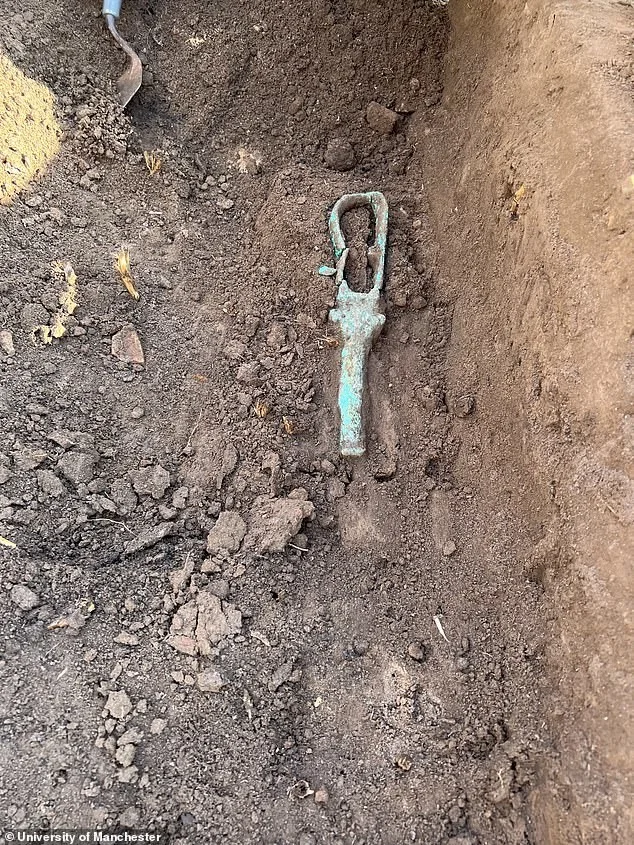
Musical instrument - sistrum
In addition, archaeologists discovered a green faience ushabti - a type of funerary figurine - dating to between 664 and 525 BC, as well as a stone slab with engravings of the god Harpekhruti and protective symbols. 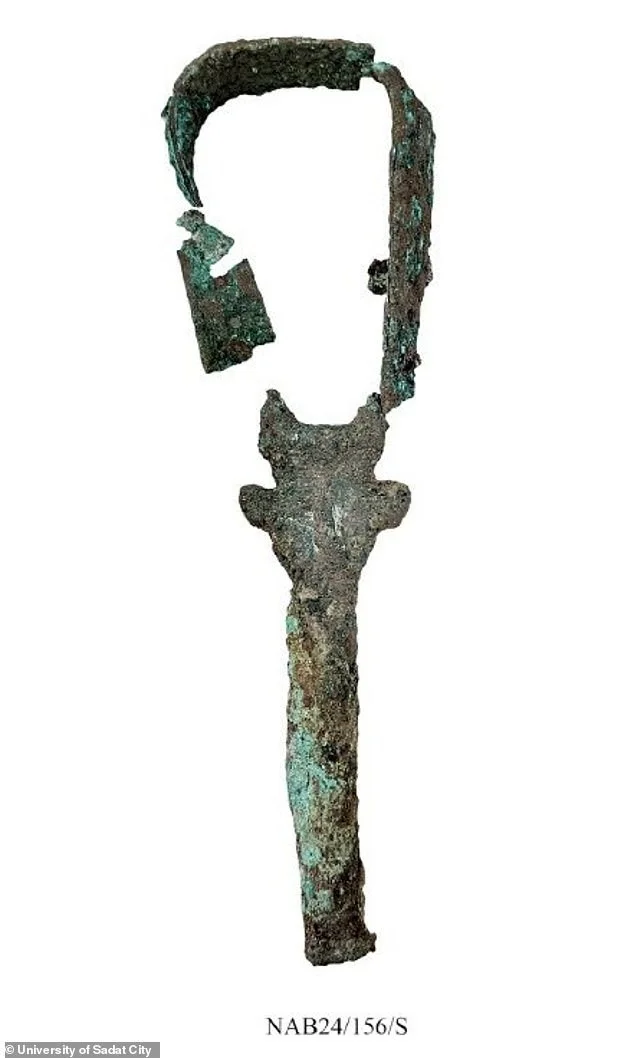
Dr Nielsen says the finds provide valuable insights into the daily lives of ancient Egyptians.
He notes: "We have a good understanding of ancient Egyptian beliefs in the afterlife and funerary structures, but archaeology in Egypt has traditionally focused on these rather than on daily life and settlements. So these discoveries help to balance our knowledge." 